The Role of Technology in Modern Forest Management
- August 6, 2024
- 0 comment
The integration of technology into modern forest management has revolutionized the way we monitor, conserve, and utilize forest resources. Historically, forest management relied heavily on manual techniques and rudimentary tools, which often limited the scope and accuracy of data collection and analysis. Today, advancements in remote sensing, Geographic Information Systems (GIS), drones, and precision forestry have given forest managers unprecedented capabilities to map and monitor vast forested areas with high precision.
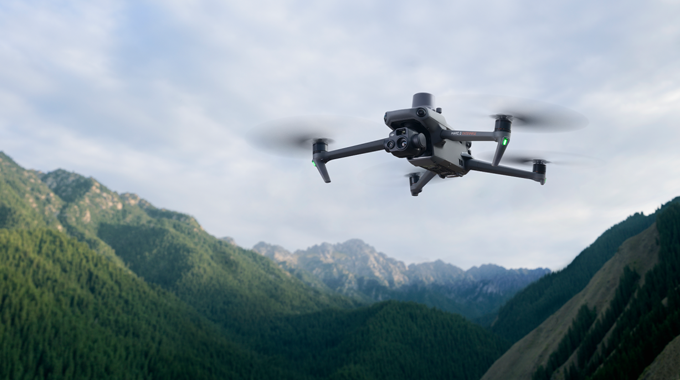
Remote sensing technologies and GIS allow for the creation of detailed maps and the continuous monitoring of forest health. At the same time, drones offer a bird’s-eye view that aids in quick, efficient surveys and data gathering. Furthermore, technology plays a critical role in forest inventory and data management, enabling the collection of accurate, real-time data that informs sustainable planning and decision-making processes. Innovations in fire management and prevention, such as AI-driven predictive models and real-time fire monitoring systems, are crucial in mitigating the devastating effects of wildfires.
Additionally, technology aids in addressing the challenges posed by climate change, enhancing efforts in reforestation and afforestation, and supporting wildlife and biodiversity conservation through tools like camera traps and satellite tracking. The role of technology extends to community engagement, with digital platforms facilitating education and active participation in forest stewardship. Despite the significant advancements, challenges remain in fully integrating these technologies, but the future of forest management is undeniably intertwined with continued technological innovation and collaborative efforts to ensure the sustainability and health of forest ecosystems worldwide.
List Role of Technology in Modern Forest Management:
- Historical Perspective
- Remote Sensing and GIS in Forest Management
- Drones and UAVs
- Forest Inventory and Data Management
- Precision Forestry
- Fire Management and Prevention
- Climate Change and Forest Management
- Wildlife and Biodiversity Conservation
- Community Engagement and Education
- Challenges and Future Directions
Historical Perspective
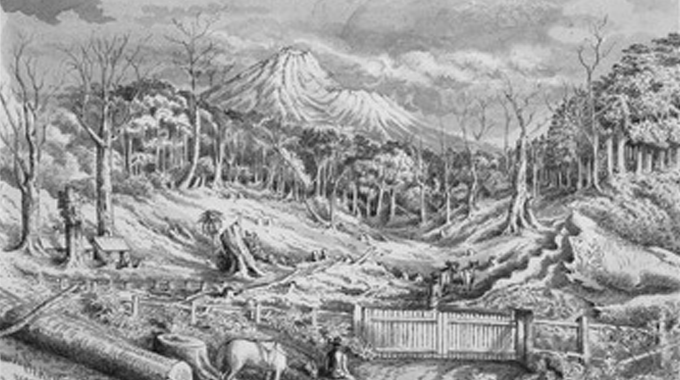
Evolution of Forest Management Techniques
Forest management has a rich history that traces back to the early practices of indigenous communities, who utilized traditional knowledge and methods to sustain their local ecosystems. As human societies evolved, so did their need for forest resources, leading to more structured approaches to forest management. In the 19th and early 20th centuries, forestry practices became more systematic with the introduction of scientific principles, such as sustained yield forestry and silviculture, which aimed to balance the exploitation of forest resources with conservation efforts.
Early Technological Advancements and Their Impact
The advent of early technological advancements significantly impacted forest management. The introduction of tools like the increment borer and aerial photography in the mid-20th century allowed for more accurate data collection and analysis. These innovations marked the beginning of a more data-driven approach to forestry, paving the way for modern technologies that would revolutionize the field.
Remote Sensing and GIS in Forest Management

Remote Sensing Technologies
Remote sensing technologies have become indispensable in modern forest management. These technologies use satellites and aircraft to collect data about the Earth’s surface, providing detailed and accurate information about forest cover, health, and changes over time. Remote sensing enables forest managers to monitor large and inaccessible areas efficiently.
Use of GIS in Mapping and Monitoring Forests
Geographic Information Systems (GIS) play a crucial role in managing and analyzing spatial data. GIS allows for the integration of various data sources, including remote sensing imagery, to create detailed maps and models of forested areas. This technology helps in tracking changes in forest cover, planning conservation strategies, and managing forest resources sustainably.
Drones and UAVs
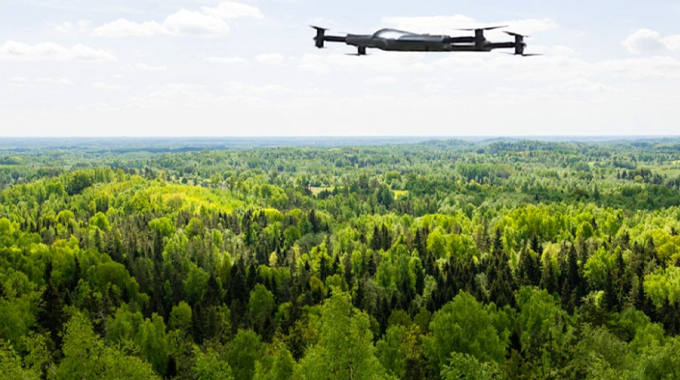
Overview of Drone Technology in Forestry
Drones, or Unmanned Aerial Vehicles (UAVs), have emerged as powerful tools in forestry. Equipped with high-resolution cameras and sensors, drones can capture detailed images and data from above, providing insights that were previously difficult to obtain.
Applications of Drones in Surveying, Monitoring, and Data Collection
Drones are used in various forestry applications, including surveying large tracts of forest, monitoring forest health, and collecting data on tree height, canopy cover, and biomass. They are particularly useful in assessing damage after natural disasters like storms or fires.
Advantages and Challenges of Using Drones
The primary advantages of using drones include their ability to access remote and difficult terrain, the speed and efficiency of data collection, and the high resolution of the imagery they capture. However, challenges remain, such as regulatory restrictions, high initial costs, and the need for skilled operators.
Forest Inventory and Data Management
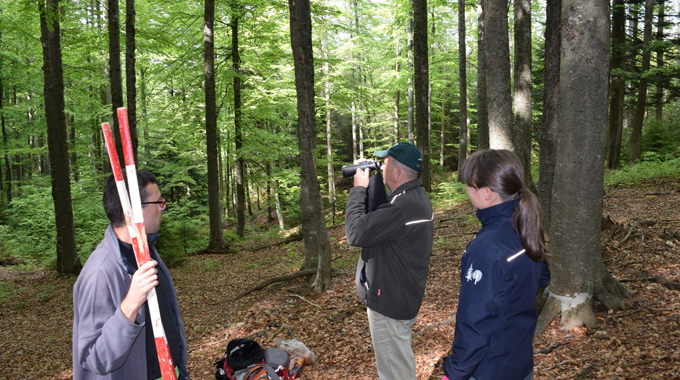
Role of Technology in Forest Inventory Practices
Modern technology has transformed forest inventory practices, making them more accurate and efficient. Traditional methods relied heavily on manual data collection, which was time-consuming and prone to errors.
Use of Digital Tools and Software for Data Collection and Analysis
Digital tools and software, such as mobile apps and cloud-based platforms, have streamlined the process of data collection and analysis. These tools allow foresters to collect data in the field, upload it to central databases, and analyze it in real time, facilitating better decision-making.
Benefits of Accurate Data Management in Forest Planning and Conservation
Accurate data management is crucial for effective forest planning and conservation. It ensures that decisions are based on reliable information, leading to better outcomes for forest health, biodiversity, and resource sustainability.
Precision Forestry
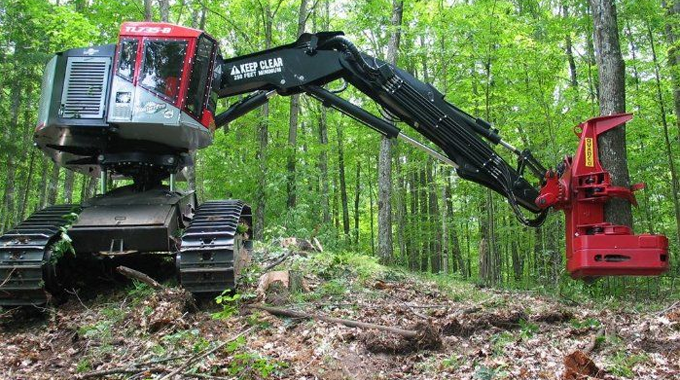
Definition and Principles of Precision Forestry
Precision forestry is an approach that uses advanced technologies to optimize forest management practices. It aims to improve the accuracy and efficiency of operations, reduce environmental impact, and enhance forest productivity.
Technological Tools and Techniques Used in Precision Forestry
Technological tools used in precision forestry include GPS, LiDAR (Light Detection and Ranging), and advanced software for data analysis. These tools help in mapping forest terrain, monitoring tree growth, and planning harvest operations with minimal impact on the environment.
Impact on Forest Productivity and Sustainability
Precision forestry has significantly improved forest productivity and sustainability. By enabling precise monitoring and management of forest resources, it helps in maximizing yield while ensuring the long-term health of forest ecosystems.
Fire Management and Prevention

Technological Advancements in Fire Detection and Monitoring
Fire detection and monitoring technologies have advanced rapidly in recent years. Satellite imagery, thermal cameras, and ground-based sensors are used to detect and monitor forest fires in real-time, providing critical information for timely response.
Use of AI and Machine Learning in Predicting and Managing Forest Fires
Artificial Intelligence (AI) and machine learning are increasingly being used to predict and manage forest fires. These technologies analyze vast amounts of data to identify patterns and predict fire behavior, aiding in the development of effective fire management strategies.
Climate Change and Forest Management
Impact of Climate Change on Forests
Climate change poses significant threats to forests, including increased frequency and severity of wildfires, pest infestations, and changes in precipitation patterns. These impacts can lead to forest degradation and loss of biodiversity.
Role of Technology in Mitigating Climate Change Effects on Forests
Technology plays a vital role in mitigating the effects of climate change on forests. Remote sensing, GIS, and climate modeling tools help in monitoring changes in forest health, planning adaptive management strategies, and implementing conservation measures.
Technological Innovations in Reforestation and Afforestation Efforts
Innovations such as drone-assisted tree planting and genetically engineered trees are being explored to enhance reforestation and afforestation efforts. These technologies aim to accelerate the restoration of degraded forests and increase their resilience to climate change.
Wildlife and Biodiversity Conservation
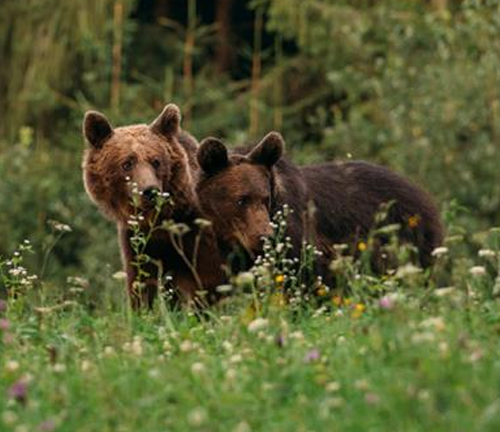
Use of Technology in Monitoring Wildlife and Biodiversity
Technology is essential for monitoring wildlife and biodiversity in forests. Tools such as camera traps, acoustic sensors, and satellite tracking provide valuable data on species distribution, behavior, and population trends.
Applications of Camera Traps, Acoustic Sensors, and Satellite Tracking
Camera traps capture images of wildlife, helping researchers study species that are elusive or nocturnal. Acoustic sensors record sounds, such as bird calls, to monitor biodiversity. Satellite tracking provides insights into the movement and habitat use of large mammals and migratory birds.
Success Stories in Conservation Efforts Through Technological Interventions
Technological interventions have led to numerous conservation success stories. For instance, satellite tracking has been instrumental in protecting endangered species like the snow leopard by identifying critical habitats and migration routes. Similarly, acoustic sensors have helped in the conservation of endangered bird species by monitoring their populations and breeding activities.
Community Engagement and Education
Role of Technology in Engaging Local Communities in Forest Management
Technology facilitates the engagement of local communities in forest management by providing platforms for communication, education, and participation. Mobile apps and online portals enable communities to report illegal activities, participate in reforestation projects, and access information about forest conservation.
Digital Platforms and Tools for Education and Awareness
Digital platforms and tools, such as e-learning modules, social media, and interactive websites, play a crucial role in educating the public about the importance of forests and the need for sustainable management practices. These platforms raise awareness and inspire action among diverse audiences.
Examples of Community-Based Technological Initiatives
Community-based initiatives, such as participatory mapping projects and citizen science programs, leverage technology to involve local people in forest management. These initiatives have successfully mobilized communities to protect and restore forests, demonstrating the power of technology in fostering collaborative conservation efforts.
Challenges and Future Directions
Current Challenges in Integrating Technology in Forest Management
Despite the many benefits, integrating technology in forest management poses challenges. These include high costs, lack of technical expertise, data privacy concerns, and the need for robust infrastructure. Addressing these challenges requires investment, capacity building, and policy support.
Potential Future Technological Advancements
Future advancements in technology, such as the development of more affordable and user-friendly tools, advancements in AI and machine learning, and improvements in remote sensing capabilities, hold great promise for forest management. These innovations could further enhance the efficiency, accuracy, and sustainability of forestry practices.
Vision for the Future of Forest Management with Technology
The future of forest management will be increasingly reliant on technology. Embracing technological innovations will enable forest managers to address the complex challenges of climate change, biodiversity loss, and resource sustainability. By fostering collaboration and continuous learning, the forestry sector can leverage technology to create resilient and thriving forest ecosystems for generations to come.
Frequently Asked Questions (FAQs)
1. What is the role of technology in modern forest management?
Technology in modern forest management enhances the ability to monitor, manage, and conserve forest resources efficiently. It includes tools like remote sensing, GIS, drones, and data management systems that provide detailed and accurate information about forest conditions, aiding in better decision-making and sustainable practices.
2. How has forest management evolved with technological advancements?
Forest management has evolved from traditional manual practices to more sophisticated, data-driven approaches. Early technological advancements like aerial photography paved the way for modern tools such as remote sensing and GIS, which allow for precise mapping and monitoring of forests.
3. What are remote sensing and GIS, and how are they used in forest management?
Remote sensing involves collecting data about the Earth’s surface from satellites or aircraft. GIS (Geographic Information Systems) is used to analyze and visualize spatial data. Together, they help in creating detailed maps, tracking changes in forest cover, and planning conservation strategies.
4. How are drones used in forestry?
Drones, or UAVs (Unmanned Aerial Vehicles), are used in forestry for surveying large areas, monitoring forest health, and collecting data on tree height, canopy cover, and biomass. They provide high-resolution imagery and can access difficult terrain quickly and efficiently.
5. What is precision forestry?
Precision forestry is an approach that uses advanced technologies like GPS, LiDAR, and data analysis software to optimize forest management practices. It aims to improve accuracy and efficiency, reduce environmental impact, and enhance forest productivity.
6. How has technology improved forest inventory and data management?
Technology has revolutionized forest inventory practices by enabling accurate and real-time data collection through digital tools and software. This leads to better data management, facilitating informed decision-making and effective forest planning and conservation.
7. How does technology help in fire management and prevention?
Technological advancements in fire management include the use of satellite imagery, thermal cameras, and AI-driven predictive models. These tools help in early detection, real-time monitoring, and effective management of forest fires, reducing damage and enhancing safety.
8. What role does technology play in mitigating the effects of climate change on forests?
Technology helps mitigate climate change effects by monitoring forest health, planning adaptive strategies, and implementing reforestation and afforestation efforts. Tools like remote sensing and climate modeling aid in understanding and addressing the impacts of climate change on forests.
9. How is technology used in wildlife and biodiversity conservation in forests?
Technology aids wildlife and biodiversity conservation through tools like camera traps, acoustic sensors, and satellite tracking. These technologies provide valuable data on species distribution, behavior, and population trends, supporting conservation efforts.
10. How can local communities engage with forest management through technology?
Technology facilitates community engagement in forest management by providing digital platforms for communication, education, and participation. Mobile apps and online portals enable communities to report illegal activities, participate in conservation projects, and access information about forest management.
11. What are the current challenges in integrating technology in forest management?
Challenges include high costs, lack of technical expertise, data privacy concerns, and the need for robust infrastructure. Addressing these challenges requires investment, capacity building, and policy support.
12. What is the future of technology in forest management?
The future of forest management will see increased reliance on technology, with advancements in AI, remote sensing, and data analysis improving the efficiency, accuracy, and sustainability of forestry practices. Embracing these innovations will help address environmental challenges and ensure the health of forest ecosystems.

Gilbert Griffin
Forestry AuthorGilbert Griffin is a forest management expert specializing in sustainable practices, forest health, conservation, and land management. With extensive knowledge in pest control, disease management, and habitat restoration, Gilbert develops strategies to preserve forest ecosystems and biodiversity. Passionate about the natural world, Gilbert adapts to changes in forest management and stays updated through continuous learning. Gilbert also provides seasonal advice to optimize forest care throughout the year.

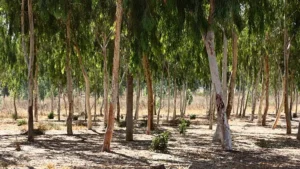

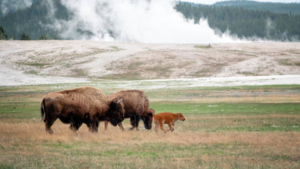
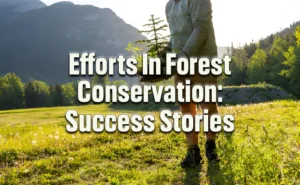


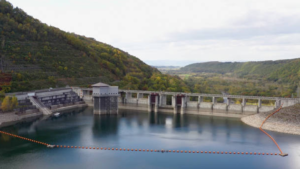

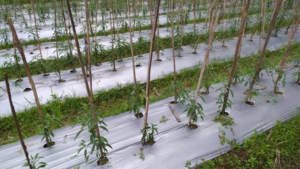


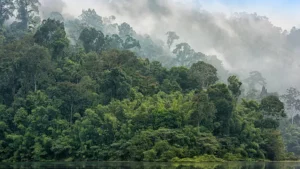
Leave your comment